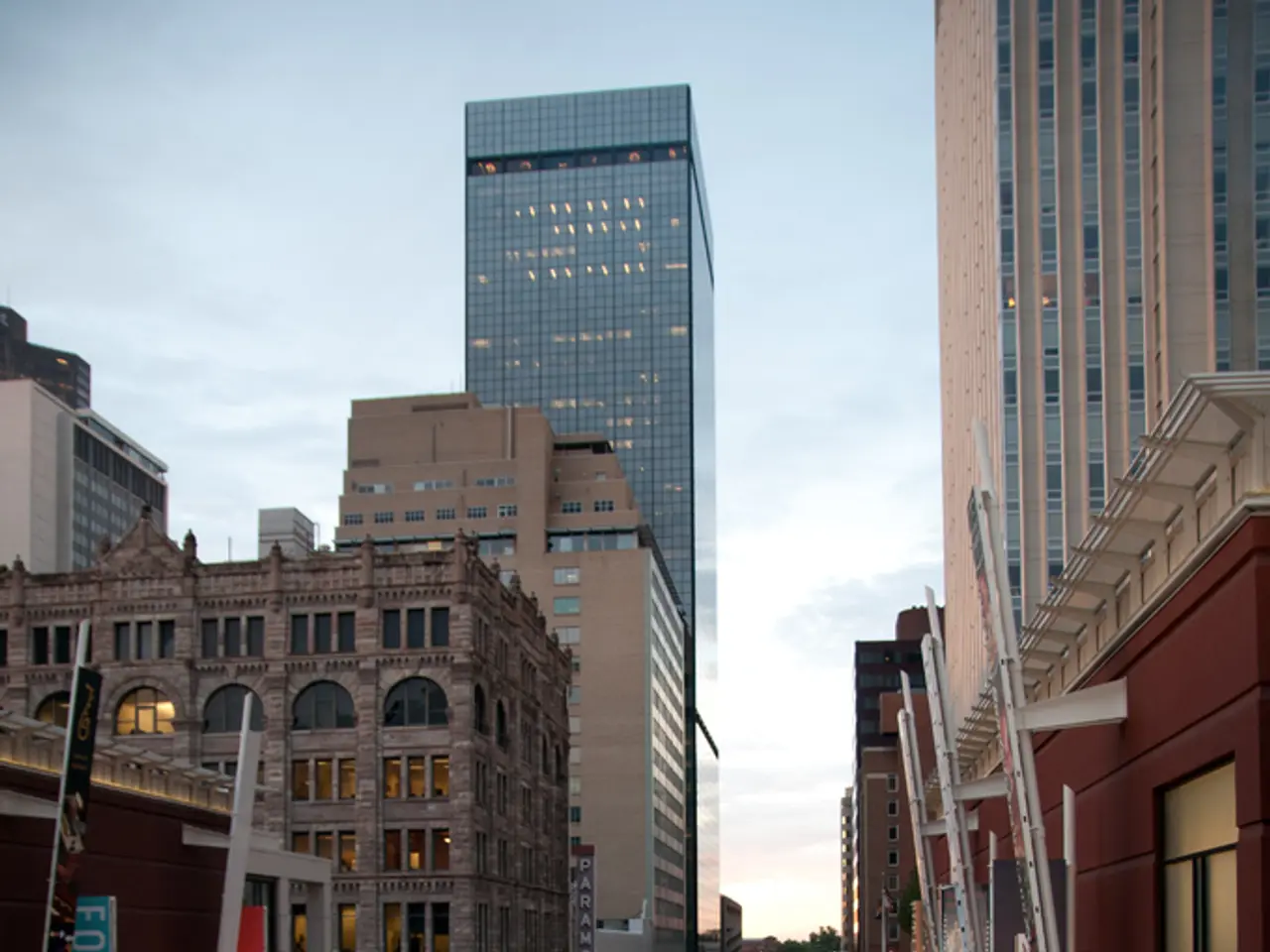Voter preferences prioritize public safety, yet Democratic party in New York City dismisses a policy-focused approach towards law enforcement.
In a bid to reimagine public safety, Zohran Mamdani, a contender in the Democratic mayoral primary in New York City, has proposed the establishment of a Department of Community Safety. This new department, designed to address issues like mental health episodes, homelessness, and violence prevention, marks a significant departure from traditional law enforcement approaches [1][2][3].
The Department of Community Safety, as outlined in Mamdani's public safety plan, would see an 800% increase in funding for anti-hate crime programs, strengthening efforts in anti-hate education, restorative justice, enhanced reporting, and victim services [1]. The department will also focus on proactive violence interruption programs and expert-led crisis response, a shift away from the traditional model that often sees police handling all types of calls, regardless of their suitability [2].
Mamdani's plan does not call for the replacement or defunding of the NYPD, but rather seeks to complement their role with social services and mental health professionals [3]. This approach aims to reduce police overtime and focus law enforcement resources on solving serious crimes, while escalating support for community services to address the root causes of crime.
A survey conducted by Change Research between June 23 and June 27, commissioned by Vera Action, revealed that voters were evenly split on who they would trust more to address crime and public safety between Mamdani and his opponent, former Governor Andrew Cuomo [4]. However, the majority of respondents (75%) felt that addressing crime and safety involved increasing treatment for mental health and drug addiction and getting illegal guns off the street [5].
The survey also showed that two in three people listed crime and public safety, along with homelessness, as one of the biggest issues facing New York City today [6]. Several candidates made restoring a sense of safety a top priority for their campaigns.
While Cuomo focused on a gloomy message about a city in crisis, Mamdani connected crime and disorder to affordability [7]. He plans to cut the police overtime budget and eliminate the Strategic Response Group, but has clarified that he will not defund the police and wants to maintain the existing NYPD headcount [8].
The poll, which had a 3.3% margin of error, showed that Mamdani was chosen by respondents at a rate of 2 to 1 for handling issues like immigrant rights, racism and racial justice, housing costs, and homelessness [9]. The high cost of living and housing costs were ranked as bigger issues than crime and public safety by some voters [10].
In summary, Mamdani's proposed Department of Community Safety represents a holistic, community-centered, and specialized approach to public safety that balances effective policing with enhanced social services, differing from traditional policing by separating social crisis response from criminal law enforcement [1][2][3]. This approach, while still a subject of debate, reflects a growing movement towards a more comprehensive and empathetic approach to public safety in New York City.
- Mamdani's public safety plan, aimed at reimagining public safety, includes an increase in funding for anti-hate crime programs under his proposed Department of Community Safety.
- The Department of Community Safety, as proposed, will also focus on proactive violence interruption programs and expert-led crisis response, which marks a shift from traditional law enforcement approaches that handle all calls, regardless of their suitability.
- In addition to these measures, the department will prioritize housing-related issues, reflecting Mamdani's belief that combating crime requires addressing the root causes, such as affordability and homelessness.
- The debate over Mamdani's approach to public safety is far from over, with the majority of respondents in a recent survey feeling that addressing crime and safety involves increases in treatment for mental health and drug addiction, as well as getting illegal guns off the street, while still considering housing costs and homelessness as larger issues.




